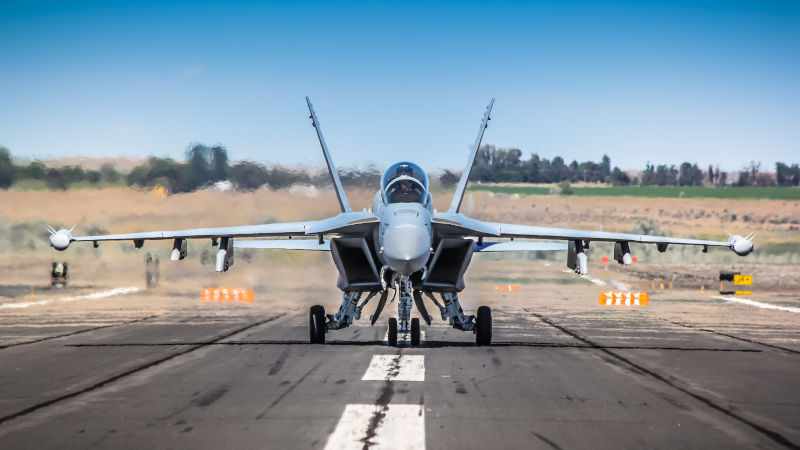FOI exposes RAAF Growler rip off
May 21, 2023
In March 2023, the Australian Defence Department confirmed the arrival of an F/A18G Growler aircraft to replace a similar aircraft which was destroyed in January 2018 while on a training exercise. It had flown less than 120 hours. The aircraft was powered by two General Electric F414-GE-400 turbofan engines. According to the Royal Australian Air Force (RAAF), the aircraft sustained catastrophic damage following an uncontained engine failure that subsequently caused a fuel fire. While some aircraft and mission systems were recovered, the aircraft worth $120 million on purchase was a write off.
The aircraft were acquired under a Foreign Military Sales (FMS) agreement from the United States Navy (USN). Under the terms and conditions of the FMS with the USN, Boeing did not bear any liability for engine defects or deficiencies. Therefore, the USN was unable to seek damages for the entire cost of the aircraft. As Australia acquired the aircraft from the USN, we were left with no legal options.
But a legal response is only one option. Australia should have demanded from Boeing that it replace the aircraft without cost. Boeing could have then sought compensation from the maker of the engine, General Electric (GE) or shared the replacement cost of the aircraft with it.
GE and Boeing could afford to replace the aircraft. Both Boeing and GE have larger economies than most countries, including some Western countries. In 2015, GE was the 52nd largest economy in the world (larger than Finland, Indonesia, and the UAE) while Boeing was ranked 90th (larger than Portugal, South Africa, and Poland).
If Boeing and GE did not want to compensate Australia by providing an aircraft at no cost, then all current defence contracts involving either company should have been put on hold and no further contracts awarded to either company, until a new was provided. No doubt defence experts would argue that we would be shooting ourselves in the foot because projects necessary for Australias defence (e.g., Ghost Bat, the loyal wingman project) would be jeopardised. I highly doubt that would happen. Australia is a major procurer of arms, particularly from Boeing and the company would not want to lose sales and damage its reputation. Especially given it is marketing the Super Hornet and the Growler to other countries that do not want or cannot acquire fifth generation aircraft (for example India).
An FOI request I lodged with the Department of Defence seeking information on the cost of replacing the destroyed Growler revealed the additional EA-18G aircraft was purchased without engines, from stock held in reserve by the USN. Australia provided two F414-GE-400 engines from inventory. The engines should have been provided by GE at no cost. The total estimated cost in the quote provided by the USN was USD105,514,561. The Australian Government allocated AUD158.8m including AUD7.6m in contingency costs to acquire the replacement aircraft. The breakdown of the final cost appears in the table below.
Using the FMS framework does provide benefits, and in the case of the replacement Growler, speed of deliver was one of them. But why the rush? Australia is not at war. Why didnt Australia seek a brand new aircraft direct from Boeing? If we had done so, would the various costs incurred in re-building an aircraft previously held in storage be applied? I doubt it. And it would be interesting to learn the cost make up of those additional charges that were applied. Obtaining the aircraft direct from Boeing would have enabled Australia to argue for it to be supplied either at no cost or at direct cost only, with all indirect costs and profit stripped out. Afterall, Boeing and GE have already made a profit on the aircraft that was destroyed. They cannot be allowed to earn it twice. By going through the FMS, we acquired an aircraft which the USN had purchased at full price. We lost the opportunity to bargain on the price of the replacement aircraft.
And we didnt get the best price on the quote provided by the USN. A standard form was used in providing the quote which applied an administrative surcharge of 3.2% the FMS Administration Fee of $4.415m. The Defence department did not even push back on that! I guess when a department is not subject to the efficiency dividend and the Australian public is generally disinterested in the detail of defence acquisitions, it is easy to waste taxpayers money.
Review documentation below:


